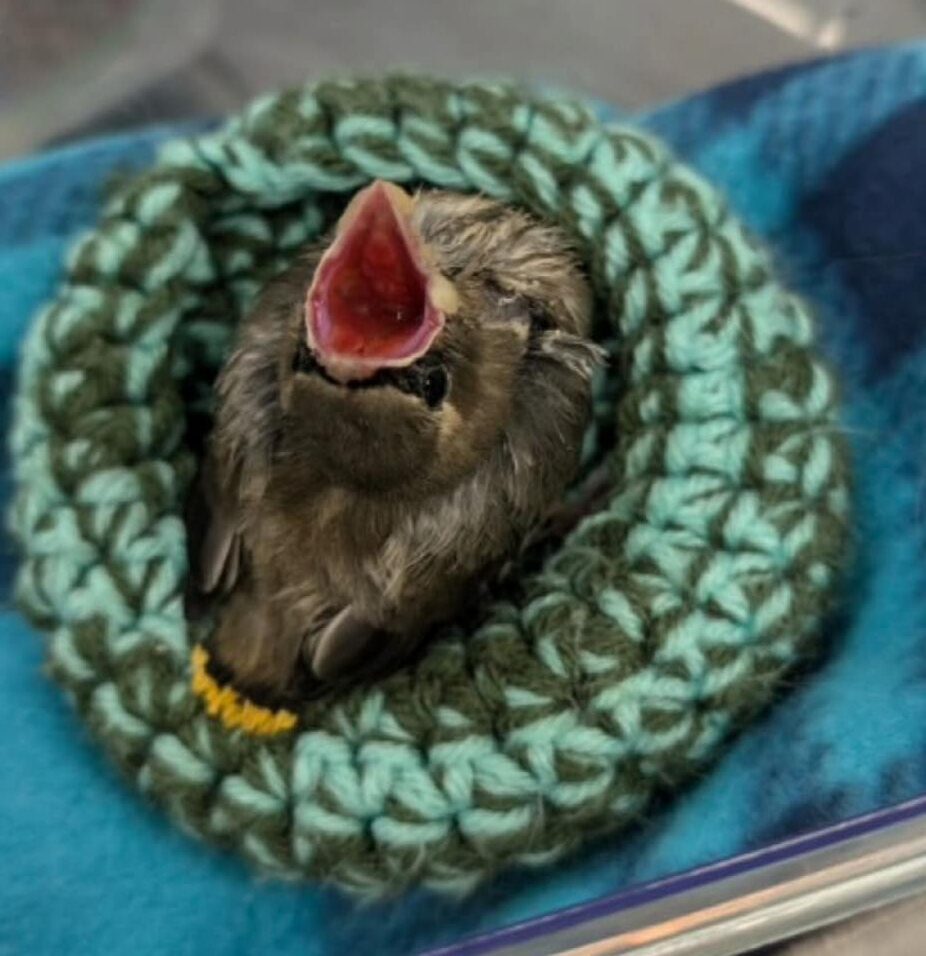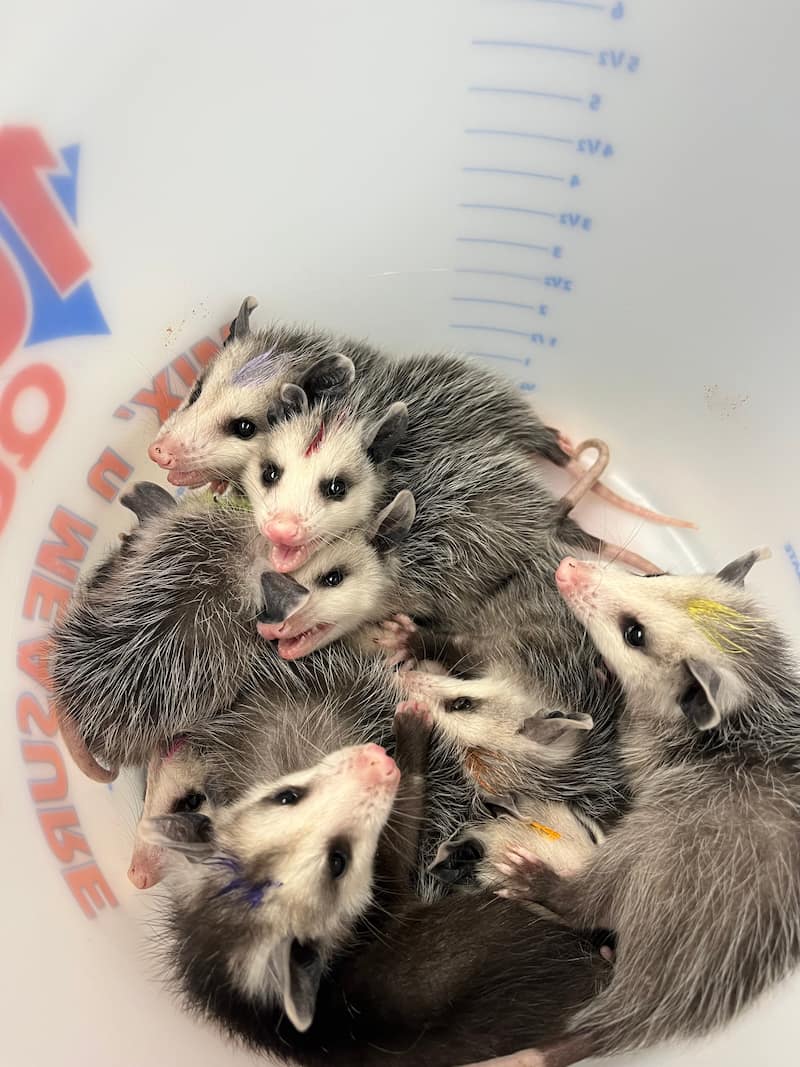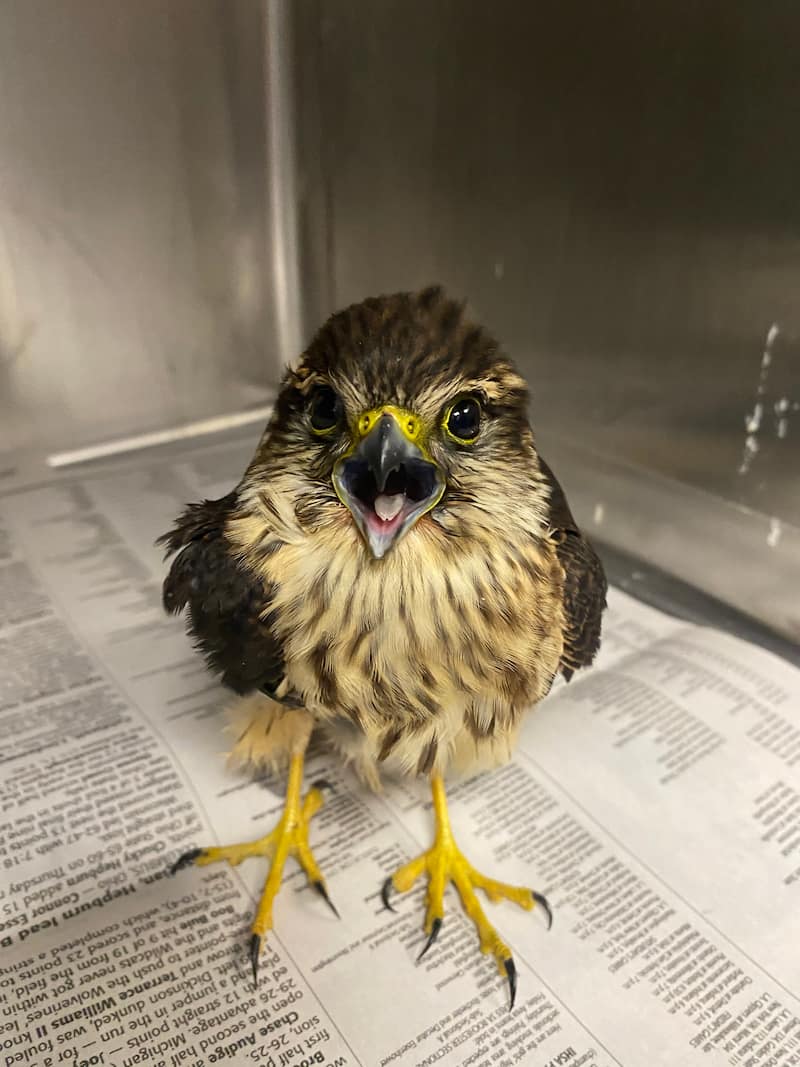By: Lauren Vincent, Class of 2023
In honor of Valentine’s Day, we wanted to explore the unique mating rituals of avian species that are seen at the Wildlife Medical Clinic. Interestingly, many of these birds are quite the romantics and have a single mate for life. Some of these species are common in the WMC, while others rarely make an appearance. Keep an eye on our Facebook page (@UIWMC) and in future Hawk Talk editions to note when we next see these birds in our care!
Barn Owls
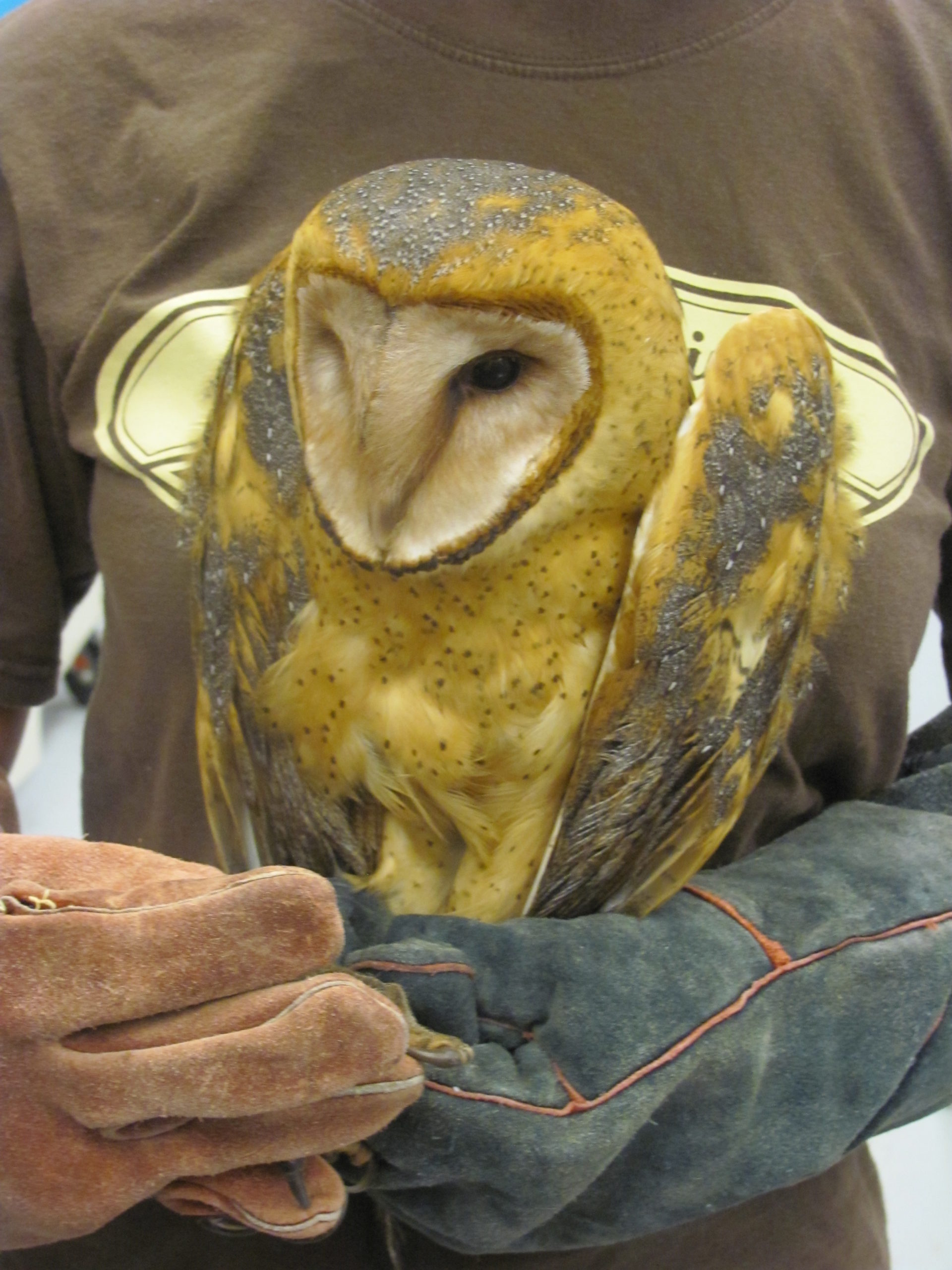
Male barn owls are very active when it comes to courting and raising young. To attract the attention of a female, they will perform a dramatic flight complete with loud claps and hovering. During courtship, the male owl brings the female food, helps her preen, and showcases potential nesting sites. After the eggs hatch, the male sticks around to provide food for both the female and owlets. Barn owls are monogamous, choosing a new mate only if one of the pair dies. To learn more, check out the Peregrine Fund’s page here: https://peregrinefund.org/explore-raptors-species/owls/barn-owl
Trumpeter Swans
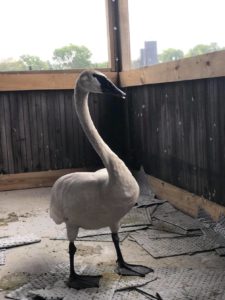
Perhaps one of the most well-known species that mates for life, trumpeter swans form a tight bond with their mate that has developed as an evolutionary advantage. When establishing a mate, the pair will swim close together, bob heads, and make their signature trumpet vocalization to develop their bond. Once they have committed to their partner, this pair will raise many clutches of cygnets (baby swans). The adults stay together for life, redirecting energy that would otherwise be used to secure a mate towards producing more offspring. They are protective of their young and will be extremely aggressive towards any predators or other swans that attempt to cause them harm. To learn more, check out the National Audubon Society’s page here: https://www.audubon.org/field-guide/bird/trumpeter-swan
Bald Eagles
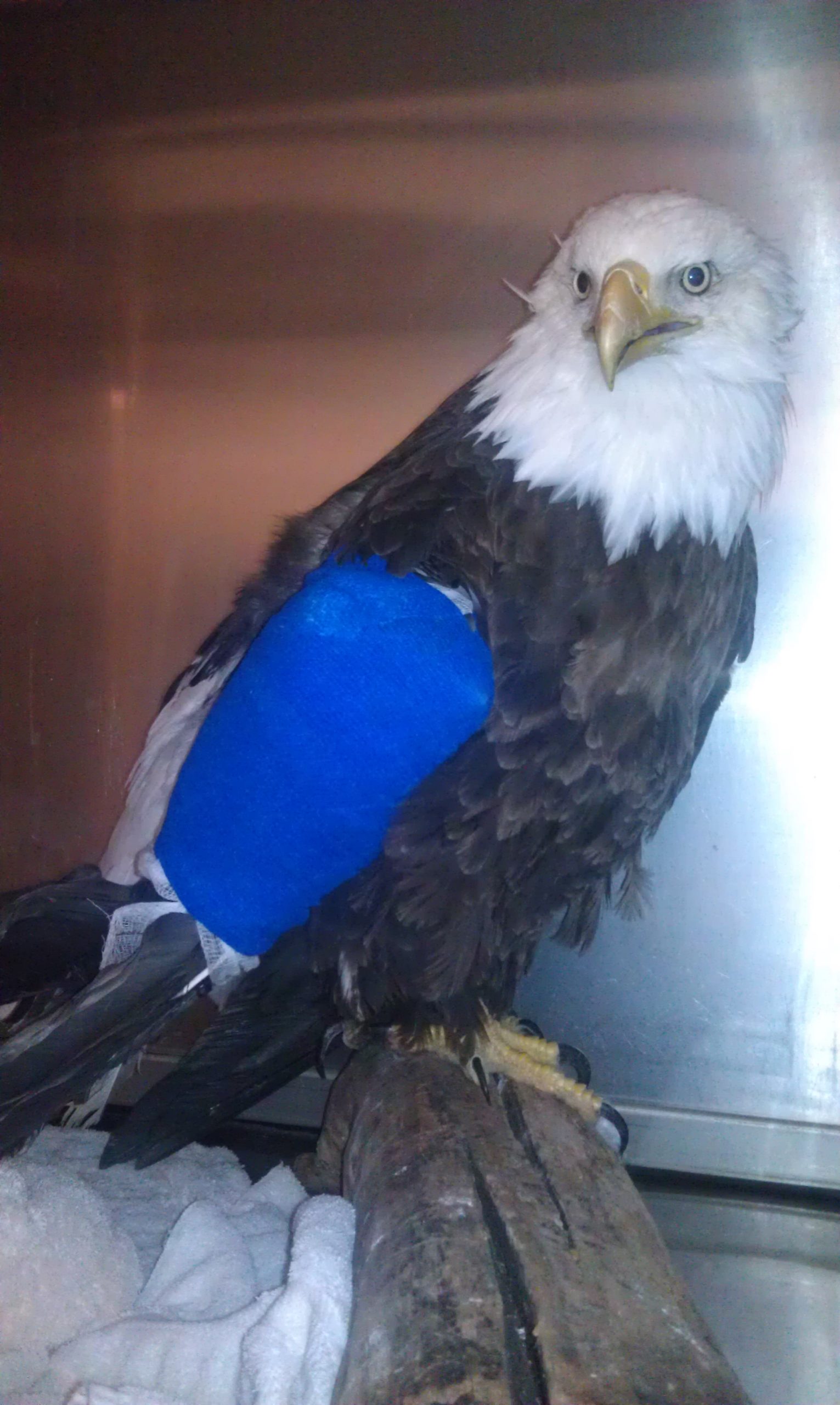
Bald eagles are magnificent birds who perform a spectacular courtship display in the sky, consisting of the male and female interlocking talons and spinning as they free-fall through the sky. These daunting aerobatics help the pair build trust, eventually advancing their bond to nest building and mating. Both adults in the pair take turns sitting on the eggs and raising the young eaglets. Each year, the pair will return back to the same successful nesting site to raise their young. Check out a video of one of these impressive sky dances here: https://www.youtube.com/watch?v=CQ1VQ-4LYAI
Turkey Vultures
While not as “attractive” as the others, these birds also form life-long bonds with their mate. Living in gregarious communities, turkey vultures often perform group courtship rituals that involve the males performing calculated movements in a circle with outstretched wings, similar to their sunning behavior. This is usually followed by an intimate flight in which a female follows a single male and mimics every turn, dive, and 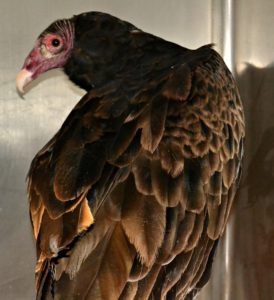 flap. Like eagles, the males help protect the eggs and feed the juvenile birds. Feeding consists of the male and female birds regurgitating food into the mouths of their hungry offspring. While we may not find this strategy appetizing, turkey vultures play an important role in maintaining our ecosystems and we certainly are grateful for all the care they put in to raising their young! You can learn more about this species here: http://www.pwconserve.org/wildlife/birds/turkeyvulture.htm
flap. Like eagles, the males help protect the eggs and feed the juvenile birds. Feeding consists of the male and female birds regurgitating food into the mouths of their hungry offspring. While we may not find this strategy appetizing, turkey vultures play an important role in maintaining our ecosystems and we certainly are grateful for all the care they put in to raising their young! You can learn more about this species here: http://www.pwconserve.org/wildlife/birds/turkeyvulture.htm
Mourning Doves
Courtship for mourning doves occurs both in the air and on land. When flying, the male will rapidly flap wings and glide in circles around the female; on land he will puff out his chest, bow, and make soft cooing noises. After winning over the female, he will take her to potential nest sites and bring her nesting material as she crafts her perfect nest. Like 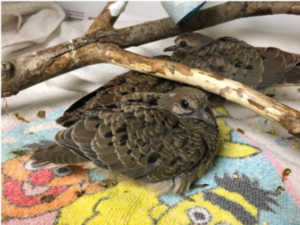 the other birds mentioned, male mourning doves help feed and raise the young. These lovey doves form strong bonds and typically stay with each other for life. You can read more about mourning doves at the Cornell Lab’s All About Birds webpage here: https://www.allaboutbirds.org/guide/mourning_dove
the other birds mentioned, male mourning doves help feed and raise the young. These lovey doves form strong bonds and typically stay with each other for life. You can read more about mourning doves at the Cornell Lab’s All About Birds webpage here: https://www.allaboutbirds.org/guide/mourning_dove


